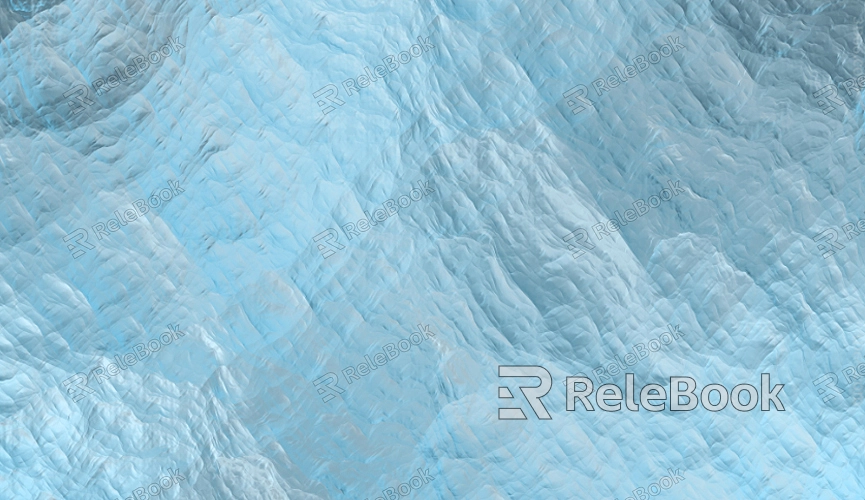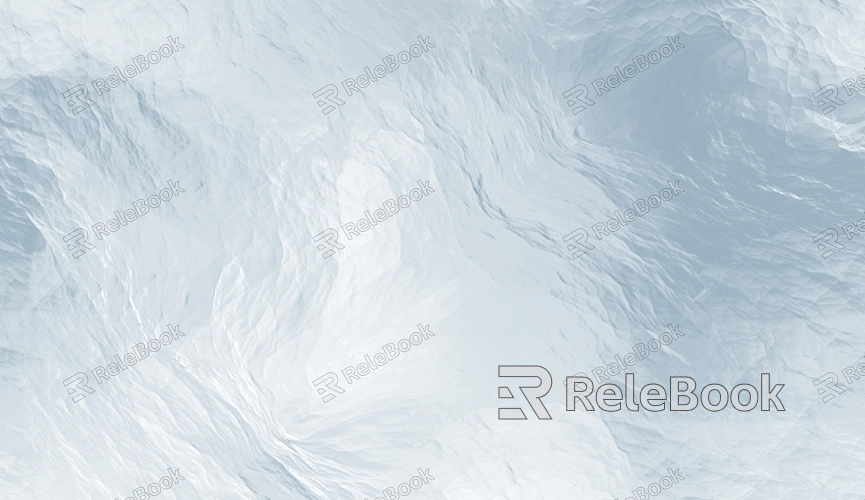How to Edit the Transparency of Texture Maps?
The transparency of a texture map, also known as the Alpha channel, is an important parameter that controls how transparent or opaque a texture is. By editing transparency, you can create various visual effects, such as semi-transparent glass, delicate water surfaces, and even complex materials like fabrics or hair. In this article, we will delve into how to edit the transparency of texture maps and introduce several common methods and tools for achieving this.

Basics of Texture Maps and Transparency
Texture maps are essentially image files that are mapped onto the surface of 3D models to add color, detail, and texture. A texture map can include several channels, typically including color channels (RGB) and the Alpha channel (transparency). The Alpha channel defines the transparency level of a texture, determining which areas are fully transparent, partially transparent, or fully opaque.
In 3D rendering, transparency is typically achieved using a grayscale image (Alpha map), where the lower the Alpha value, the more transparent it is, and the higher the value, the more opaque it becomes. For example, a white Alpha map represents full opacity, a black Alpha map represents full transparency, and gray represents partial transparency. By editing the Alpha channel, artists can control the transparency of textures, thus achieving various visual effects.

Tools and Methods for Editing Transparency
There are many tools available for editing the transparency of texture maps, each with its own advantages and use cases. Below, we will introduce several common tools and methods.
1. Editing Transparency with Photoshop
Photoshop is one of the most common image editing tools, offering powerful layer and Alpha channel editing capabilities that make it easy to edit texture transparency. Below are the steps for editing transparency in Photoshop:
- Open the Texture File: First, import the texture map (usually in PNG or TGA format) into Photoshop.
- View the Alpha Channel: In the right-hand Layers panel, click on the "Channels" tab to find the Alpha channel. If there is no Alpha channel, you'll typically need to create a new one to hold the transparency data.
- Edit the Alpha Channel: In the Alpha channel, white represents full opacity, black represents full transparency, and gray represents partial transparency. You can use the Brush or Gradient tool to adjust the transparency. By adjusting the grayscale values, you can fine-tune the transparency of different areas.
- Save the File: After editing, save the texture file in a format that supports the Alpha channel, such as PNG, TGA, or TIFF. Formats like JPG do not support Alpha channels.
Photoshop's advantages lie in its powerful image processing features, which allow for precise control over transparency, making it ideal for high-quality texture editing.
2. Editing Transparency with Blender
Blender, an open-source 3D modeling and rendering software, also provides an easy way to edit the transparency of texture maps. Using its node-based Shader Editor, you can control texture transparency with precision. Here’s how you can do it:
- Import the Texture Map: Start by importing the texture map you want to edit into Blender.
- Open the Shader Editor: In Blender’s workspace, select the "Shader Editor" to display the node-based editor.
- Add a Transparency Node: Use the "Principled BSDF" shader and add a "Transparent BSDF" node. By connecting this node to the shader, you can control the transparency.
- Adjust the Transparency Value: By modifying the Alpha value, you can adjust the transparency. Typically, you can connect the Alpha channel directly to the transparency node, or you can use a "Mix Shader" node to fine-tune the transparency more precisely.
Blender’s node-based system is highly flexible, making it ideal for creating custom transparency effects for complex materials.
3. Editing Transparency with Substance Painter
Substance Painter, a professional texture painting software, provides real-time visual feedback and powerful material editing tools, making it perfect for 3D texture creation. Editing transparency in Substance Painter is also quite straightforward, as described in the steps below:
- Import the Model and Texture: First, import your 3D model and texture map into Substance Painter.
- Create an Opacity Layer: In the "Layer" panel, create a new layer and select the "Opacity" channel for editing.
- Paint Transparency: Use the Brush tool to paint on the transparency channel of the texture. White represents full opacity, while black represents full transparency. You can adjust the brush strength and opacity to finely control the transparency of specific areas.
- Export the Texture: Once you’re done editing, export the texture in a format that supports the Alpha channel (like PNG, TGA, etc.).
Substance Painter’s real-time view makes editing transparency more intuitive and is especially useful for painting detailed and complex transparency effects.
Considerations and Tips
When editing texture map transparency, it's important to keep a few considerations in mind to ensure the best results:
1. Maintaining Alpha Channel Quality
Maintaining the quality of the Alpha channel is crucial when editing texture transparency. Avoid over-compressing images, particularly when saving PNG or TGA formats, as compression may cause jagged edges or distortion in the transparency. Always use lossless compression formats to ensure the Alpha channel's accuracy.
2. Understanding Transparency Settings in Rendering Engines
Different rendering engines may handle transparency in different ways. For example, game engines like Unity and Unreal Engine may require specific settings, such as enabling transparent material modes or adjusting blending modes. Therefore, it's important to understand the transparency settings of the rendering engine you are working with when importing 3D models and textures.
3. Compatibility of Transparency with Other Material Properties
Transparency is often closely related to other material properties, such as reflection, refraction, and glossiness. When adjusting transparency, make sure these properties are compatible to avoid unnatural effects. You can enhance the realism of transparent materials by adjusting attributes such as "IOR" (Index of Refraction) or "Specularity" (shininess).
By editing the transparency of texture maps, you can create rich visual effects for 3D models, whether it’s semi-transparent materials or complex variations in transparency. Mastering transparency editing techniques allows you to work more freely with this powerful tool in your artistic creations. Whether using Photoshop, Blender, or Substance Painter, each tool offers unique strengths, and choosing the one that best fits your needs will enable you to create impressive results.
If you're looking for more 3D models and textures, visit the Relebook website, where you can download high-quality 3D models and textures to enhance your creative projects!
FAQ
How can I view the transparency channel of a texture?
In Photoshop, you can view the transparency channel by selecting the "Channels" panel. The Alpha channel typically appears as a separate channel, where the grayscale values represent varying transparency. Similar functionality is available in other image editing software, such as Blender and Substance Painter.
My transparency effect isn't displaying correctly in the game engine. What should I do?
Ensure that you’ve correctly set up the transparency channel during import and check the material settings in the game engine. You may need to enable transparent material modes or adjust the blending mode for the effect to appear correctly.
What are some common mistakes to avoid when editing transparency?
Common mistakes include saving the texture in a format that doesn’t support the Alpha channel, using low-quality Alpha maps, or failing to configure the transparency settings in the rendering engine correctly. Make sure the file format supports the Alpha channel, and double-check the rendering settings.

